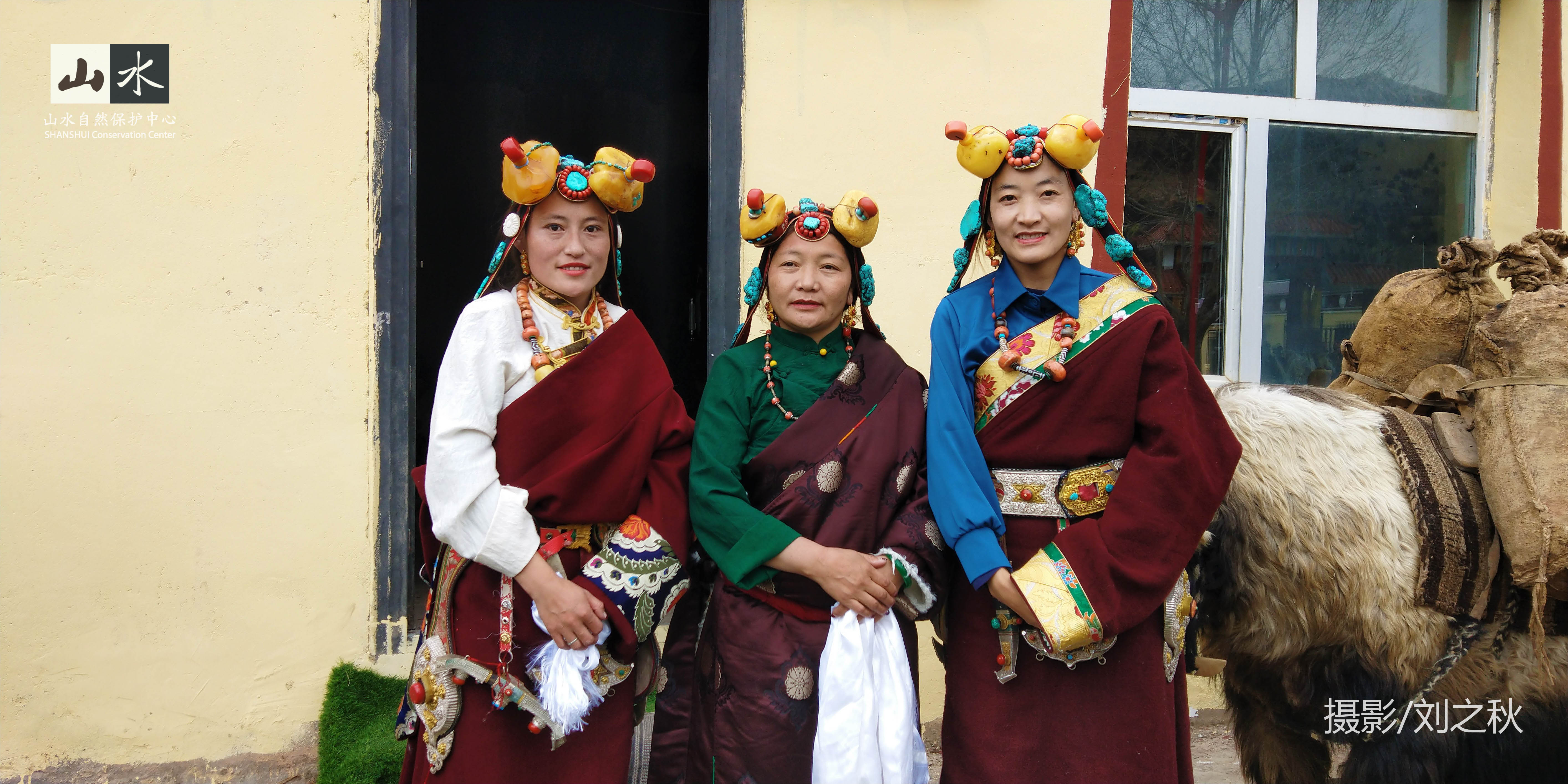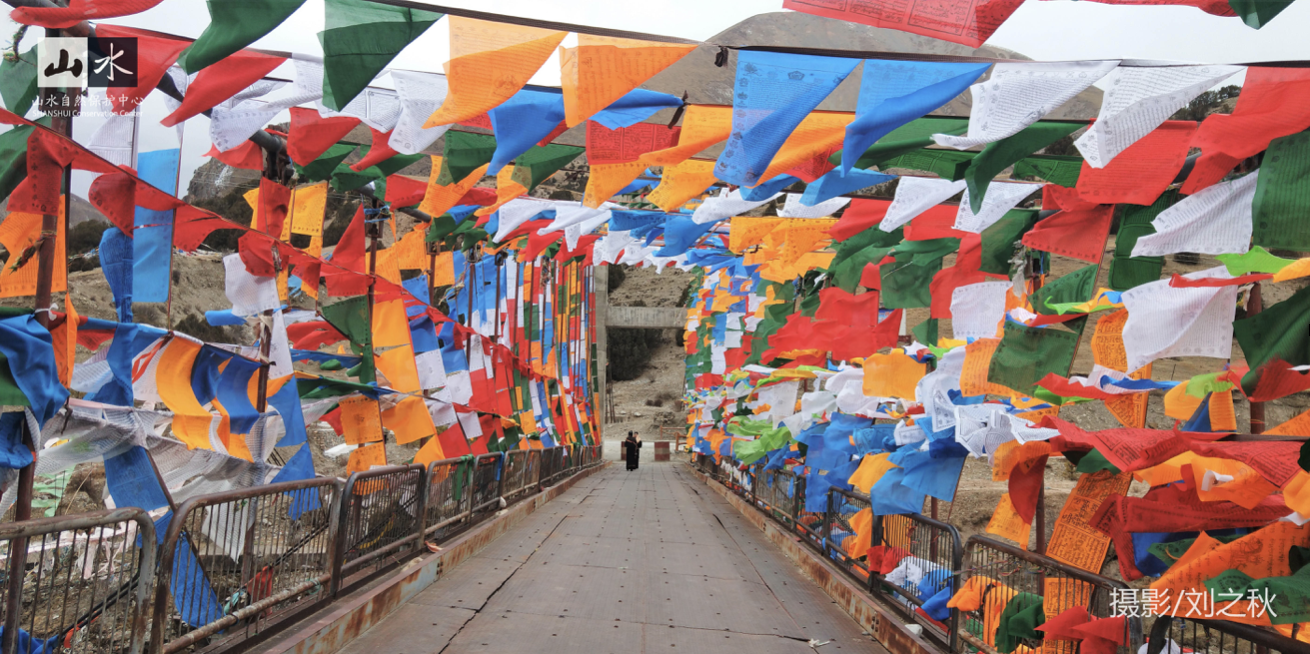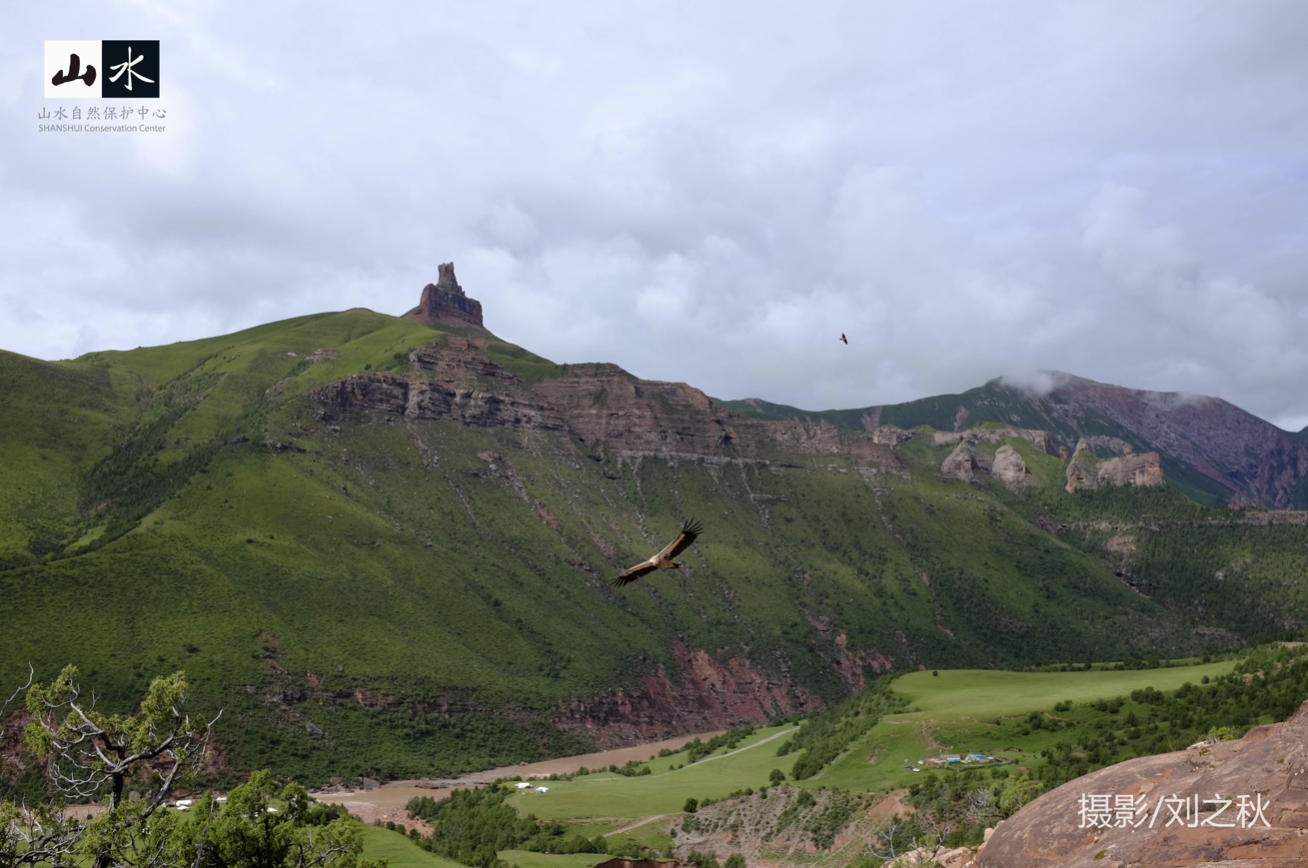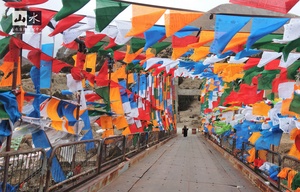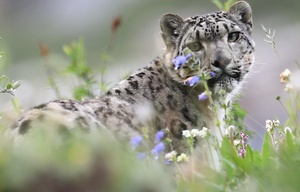Unique Diet
The daily diet of Tibetans is closely related to their livestock production. Milk, meat, and tsamba are the three main staples. In recent years, more and more families have also started to eat rice and vegetables.
Milk can be used to make yak butter, yogurt, milk tea, etc. Summer is the season with most yak milk production, and people will eat more dairy products during this period of the year.
The diet in autumn and winter is based mainly on meat. To cook "hand-grasping beef", people will cut the yak meat along the bone, put it in an pot filled with cold water, and add some salt before boiling over fire. When eating it, people usually hold the meat with one hand, while holding a knife with the other hand to cut and chop the meat. Every family will prepare for "seasoned meat" in the winter, when temperatures reach levels below zero degrees: slices of meat are hung in cold places for two months and will not be eaten until February or March. This will suffice the family’s demand of meat for the next half a year or even longer. “Seasoned meat” has a unique crisp texture to it.
People can never live without tsamba (roasted barley flour). The barley is first roasted, and then milled into a powder without being peeled. Tsamba can be eaten in a variety of ways, usually mixed with yak butter and milk tea and made into a dough before eating it with hands. Tea and liquor are the most important drink in addition to milk. Cooked genkwa roots and silverweed roots are also common dishes on the table.
When visiting a herdsman’s home, you will definitely see the table full of dried meat, drinks, candies and homemade Tibetan pastry and doughnuts. It will be an unique experience to taste the silverweed roots with yak butter and sugar, take a sip of the sweet butter milk tea, and make tsamba with your own hands.

Traditional Housing
In the past, tents were the best dwellings to adapt to long-distance and extensive nomadic herding. Although most herders have settled in houses in recent decades, their lives are still inseparable from tents. In summer, you can see black tents in irregular square shape everywhere, which is a kind of local dwelling with long history. Made of yaks’ hides, simple in construction, strong and convenient, it is a typical dwelling representing the traditional nomadic life of Tibetans. Today, newlywed Tibetan couples also choose to hold their weddings in the huge black tents. The white cloth tent, on the other hand, is smaller, lighter and more aesthetically pleasing, and is generally used when attending horse races, going out for fun or nomadic herding in summer.
In a traditional folk tent, the door opens leeward, with the stove in the center and the Buddhist platform behind. Each family will have a common living room. Tibetans value the concept of family very much. Even when there are no guests visiting, the whole family will spend a lot of time in the living room to drink tea, chat or rest quietly.
Colorful Clothes
Traditional Tibetan costume is windproof and warm, featuring expanded waist lapels and long wide sleeves. It uses ribbons as ties, with collar, lapels, sleeves and hem edged with brocade, animal skin or serge. Men’s robes are usually shorter, reaching to the knees for the convenience of horse riding, while women’s robes almost reach the ground. When the weather is hot or working is required, people will take one or both sleeves and tie the long sleeves around the waist, and put the sleeves back on when the weather turns cold.
Tibetan people love to wear jewelry, such as earrings, necklaces, waist ornaments and bracelets. Many jewelries are made of precious metals and stones. The most gorgeous jewelry is the women's head-wear, which consists mainly of braid cover and jewels, decorated with a few colorful tassels. The ornaments on the braid cover are usually amber, coral, turquoise, agate, silver, etc.

